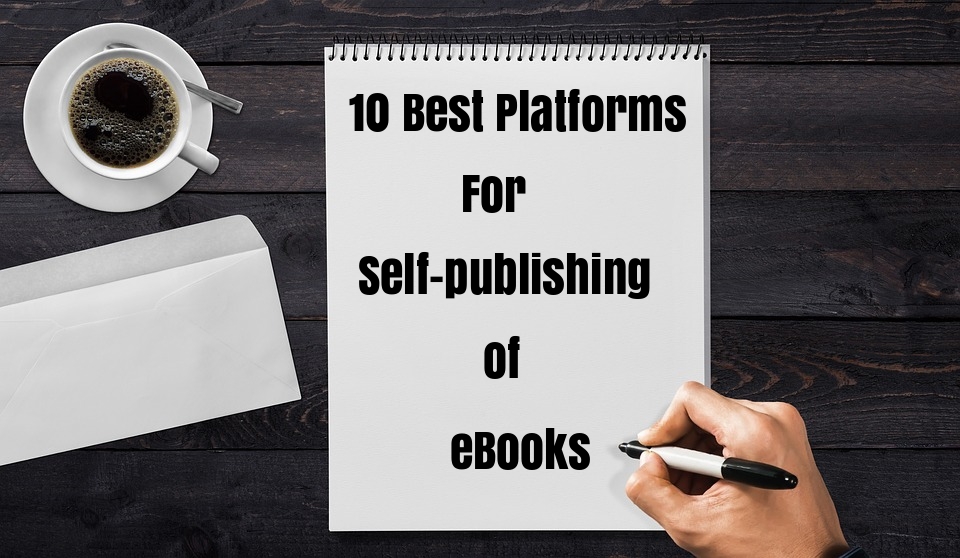
10 Best Platforms for Self-publishing of eBooks for Beginners

By John
If you’re looking to self-publish your eBook, we’ve put together a list of best self-publishing platforms that are popular among eBook authors.
While the basic publishing services include manuscript conversion into publishing-ready formats, with access to one or more eBook retailing marketplaces. These platforms also offer a range of author-specific solutions such as professional editing and cover design services, coupled with enhanced distribution, and promotional assistance.
It’s now pretty easy to publish your own eBook and sell it online; and self-publishing is gaining more traction as customers are switching from brick-and-mortar bookstores to online book stores, which have placed self-publishers rather on par with traditional publishers.
Also read: Steps to Self-publish Your eBook and How to make Money selling eBooks online
So for any author that wants to share their knowledge with the world at large, these below platforms will help them to self-publish their eBook without much hassles.

10 Best Platforms for Self-publishing of eBooks
It is pertinent to be aware of the major types of publishing service companies, namely retail publisher and aggregators. Whereas, retail publisher is a company that sells exclusively through its own retail store. While aggregators not only offer a publishing and retailing platform, but also helps to distribute the eBooks to a number of online partner retailers and libraries.
1. Kindle Direct Publishing (KDP)
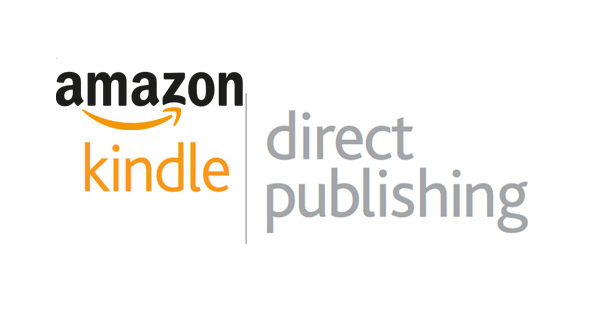
KDP is owned by Amazon, and as a retail publisher, it publishes and retail eBooks that are made available on Kindle devices or on any other device that has the Kindle app installed. This is perhaps one publisher that any independent author can look up to for support, with about 80% of all eBook sales via Amazon alone, and self-published titles account for over 40% of this figure.
Amazon retains an exclusive distribution rights for your published eBook for a 90-day period, and you can also enroll into KDP Select, a marketing program that promote books largely through discount deals.
And if discounting works for you as an effective way to promote sales, you can always re-enroll into the program as many times as you wish, with participation in KDP Select also making your eBook available to subscribers of the Kindle Unlimited and Owners Lending Library for Amazon Prime members.
Additionally, you’ll receive extra payments depending on number of pages in your eBook that subscribers actually read. While KDP pays royalties of 35% or 70% to authors on the book’s list price and used .MOBI format, whereas most other publishers use .EPUB. So if you’ve already created your eBook in Word, you need to convert it to .MOBI using free conversion software like Calibre.
2. Apple Books
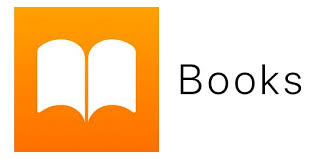
Formerly iBooks, Apple Books is the second-biggest eBook retailer after Amazon, and it accounts for about 10% of sales in top 5 countries, including the United States.
It gives unique benefits to authors on over 40 country-specific eBook stores and pricing for the books are different in each country depending on comparable books, and local currency.
Apple offers a 70% royalty rate, with the authors able to schedule free eBook and discount offers at any time, and no exclusive distribution contract. But if you want to publish directly on Apple Books, you must have access to a Mac; or else you’ll have to go through an aggregator.
3. Kobo
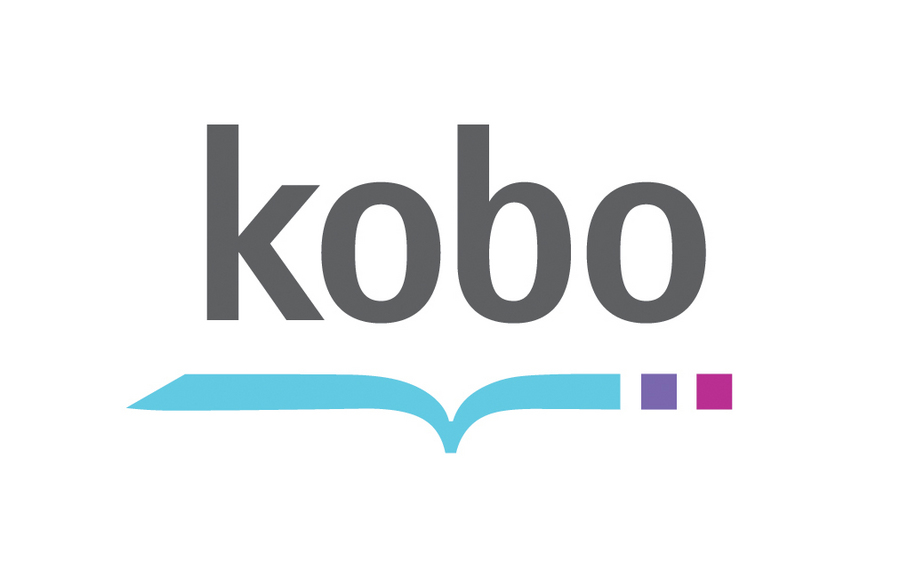
The word “Kobo” is supposed to be an anagram of “book,” and true to the name, platform accounts for over 2% of total eBook sales in the top 5 combined English-language markets worldwide.
Just like the Amazon’s Kindle, Kobo also offer e-reading device and a mobile app for reading on other supported devices. It’s a significant player in Canada, where it accounts for about 25% of total ebook sales.
The eBooks published by Kobo are available in over 190 countries, and the Kobo eReading Program is run alongside the American Booksellers Association, and other member bookstores can give access to Kobo’s over 5 million titles.
Also, Kobo has partnerships with several e-book retailers around the world, and charges a royalty fee of either 45% or 70%, depending on eBook’s price.
4. Blurb
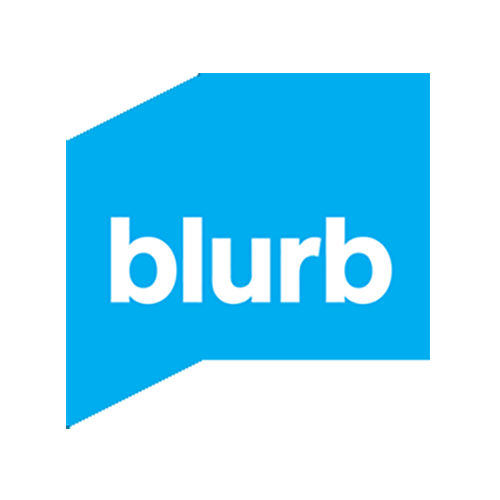
Blurb originally offers a short promotional piece accompanying a piece of creative work, which may be written by an author or publisher, and printed on the back or rear dust-jacket of a book.
Now, it allows you to upload your eBook either from Bookwright or Adobe InDesign and converting it to a fixed-layout eBook for only $9.99. You can also convert manuscript to a reflowable eBook from any text document.
And you can then make your eBook available on popular platforms like Apple and Amazon.
5. Barnes & Noble Press
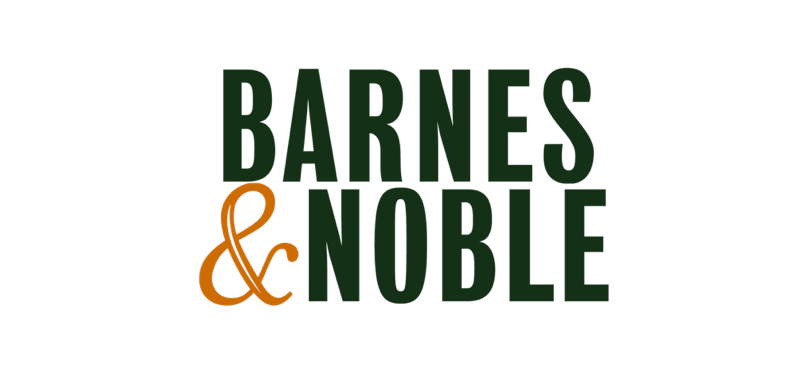
Barnes and Noble Press offers a no-cost self-publishing to its NOOK e-readers and BarnesAndNoble.com allowing authors to control the price of their book, which also impacts the royalty rate.
It is a popular self-publishing portal that accounts for about 3% of eBook sales, with almost all of it coming from the United States.
Barnes & Noble also offers a print-on-demand publishing service, while the books published by Barnes & Noble Press retail only on their online and physical bookstores. It charges a royalty rate of between 40% to 65%, depending on the book price.
6. Smashwords
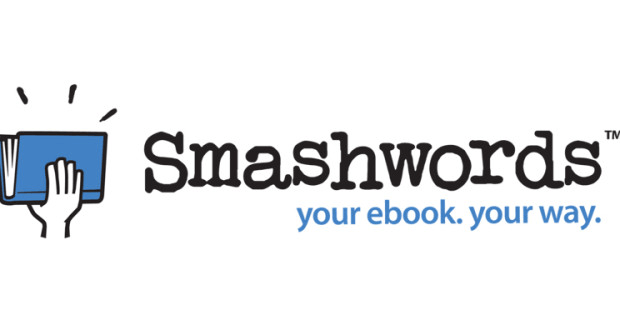
Smashwords is an eBook aggregator and distributor for almost all the top retailers, including Apple Bookstore, Kobo, and Barnes & Noble. They also have extensive eBook formatting guidelines to enable authors convert to any format required by their multiple retail partners.
It is perhaps the oldest aggregator site with a very larger reach, as it allows you to distribute your titles to several smaller eBook retailers like Baker and Taylor, as well as library networks like OverDrive.
Smashwords is based in Los Gatos, California, and expressly serves for self-publishing of eBooks, with operation started began since 2008. It charges a 10% cut on books sold via its own retail channel, and 15% on those sold on other partner retailers in addition to the retailer’s own fees.
7. CreateSpace
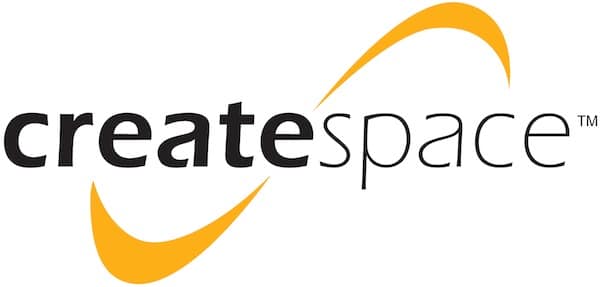
CreateSpace, a subsidiary of On-Demand Publishing, LLC, is a self-publishing service owned by Amazon. The company was acquired by Amazon in 2005 and publishes books with any content other than just placeholder text.
As an Amazon’s publishing platform for print books, it uses print-on-demand publishing, where stocks are not held, and books printed only when an order is placed by a customer.
The books published by CreateSpace also retail exclusively on Amazon, except the author has opted for the Expanded Distribution program, which allow authors to make their books available to other retailers such as Barnes & Noble, and distributors like Baker & Taylor.
Amazon takes 40% cut from every direct sale, and 60% from sales via the Expanded Distribution program. and the royalty is paid after the deduction of Amazon’s commission, with a fixed charge, and a per-page charge from the listed price.
8. Draft2Digital
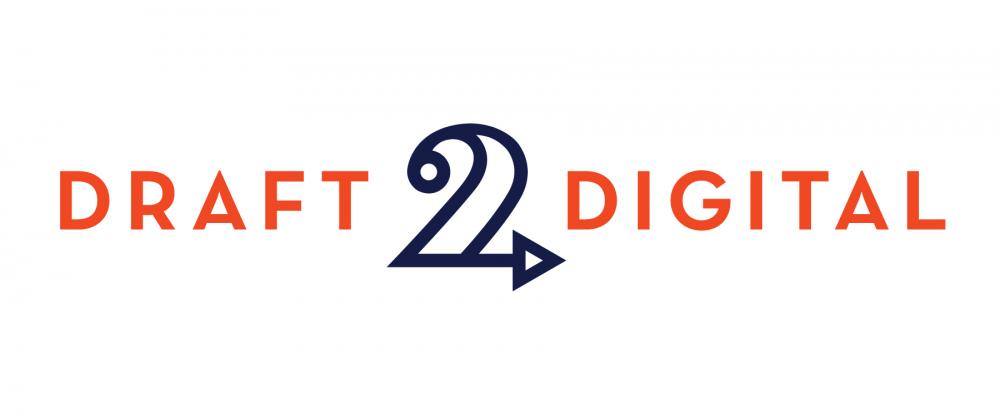
Draft2Digital is a publisher that also distributes to Amazon and covers all other major eBook retailers.
It has a significant advantage, in that they will format your eBook for free. And charges only 10% of the retail price from most of the retailers. They convert and distribute your book across Apple Books, Kobo, and other smaller bookstores.
It’s perfectly good for those who are short on time but want their book to be available everywhere. And they take only 15% of anything you make.
9. Gumroad
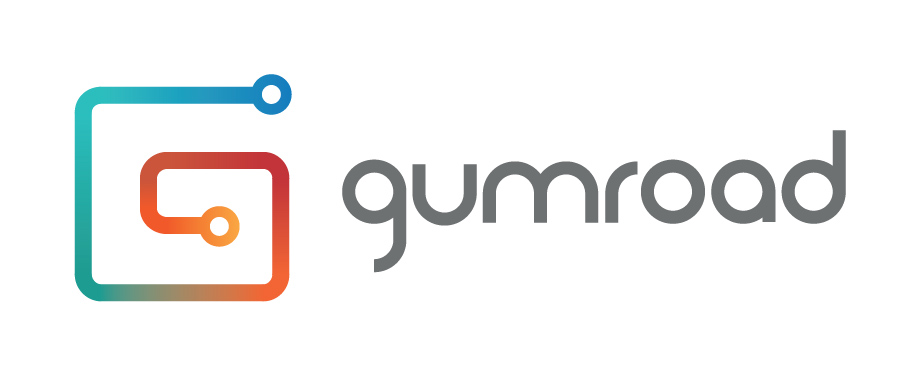
Gumroad is a simple platform that connect creators and buyers, which allows authors to integrate their eBook sales to website or social media accounts.
It is pretty popular among artists and coders for selling of eBooks and other digital products, and it’s particularly useful to sell bundles of products alongside your book such as audio, video, or additional documents.
The charges are either 8.5% + 30 cents per transaction for the free version, or $10 (USD)/month for the premium version, while the fee is 3.5% + 30 cents per sale.
10. BookBaby

BookBaby offers a unique self-publishing service in that it does not take any percentage from your sales, rather it offers a number of paid services.
It retail books through its own Bookshop and also distributes to other retailers. Besides publishing and distribution, they sell services such as editing, cover design, and marketing. And the platform allows you to reach a number of popular stores like Apple Books and Amazon, with services purchased individually or as a package.
All Bookbaby services are paid, and it also offers a print-on-demand service, with printed books generating royalties between 10% and 30%. While eBooks earn 100% royalties after the deduction of the retailer’s commission and sales through Bookshop earn 85% royalties.
